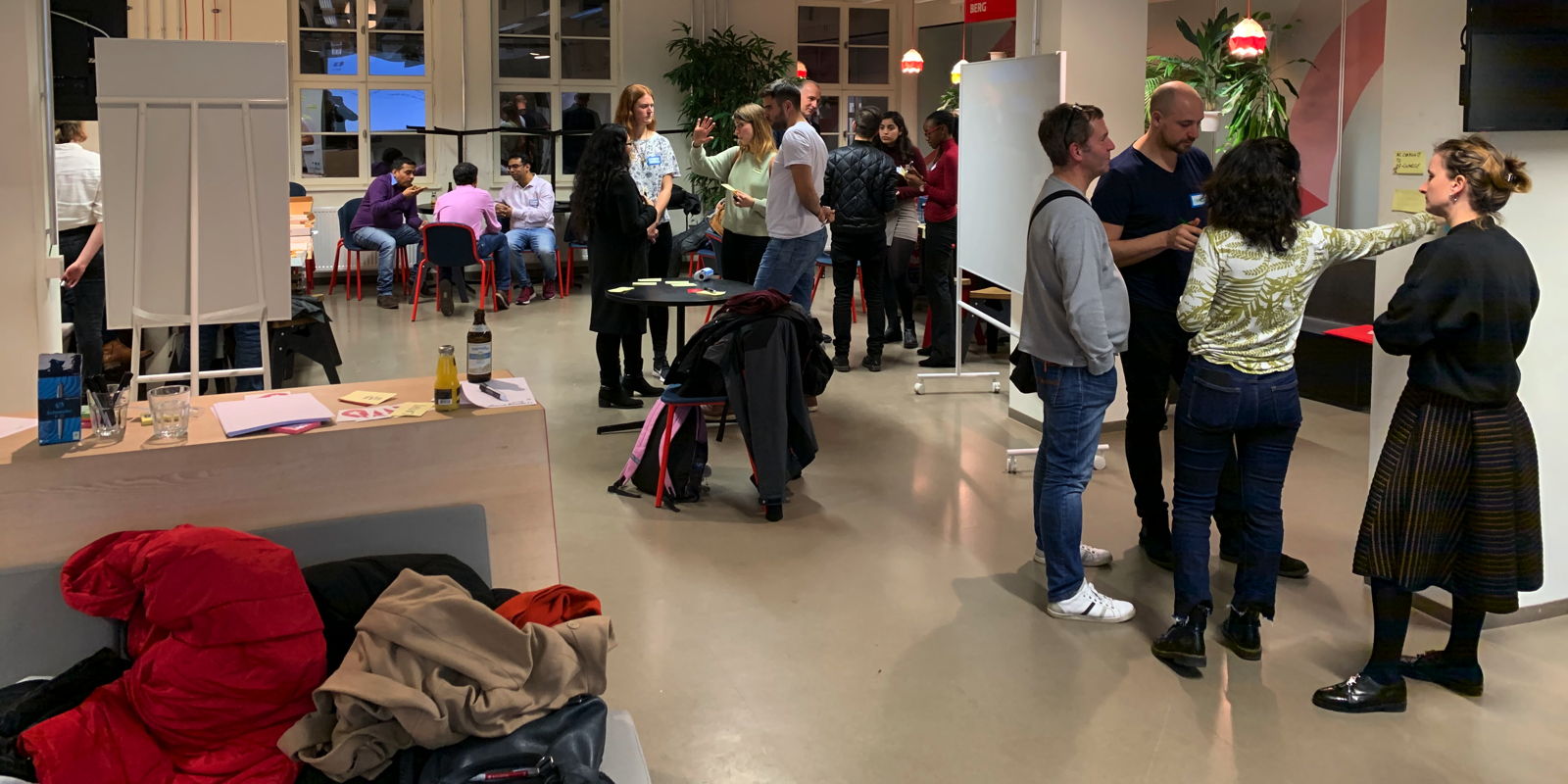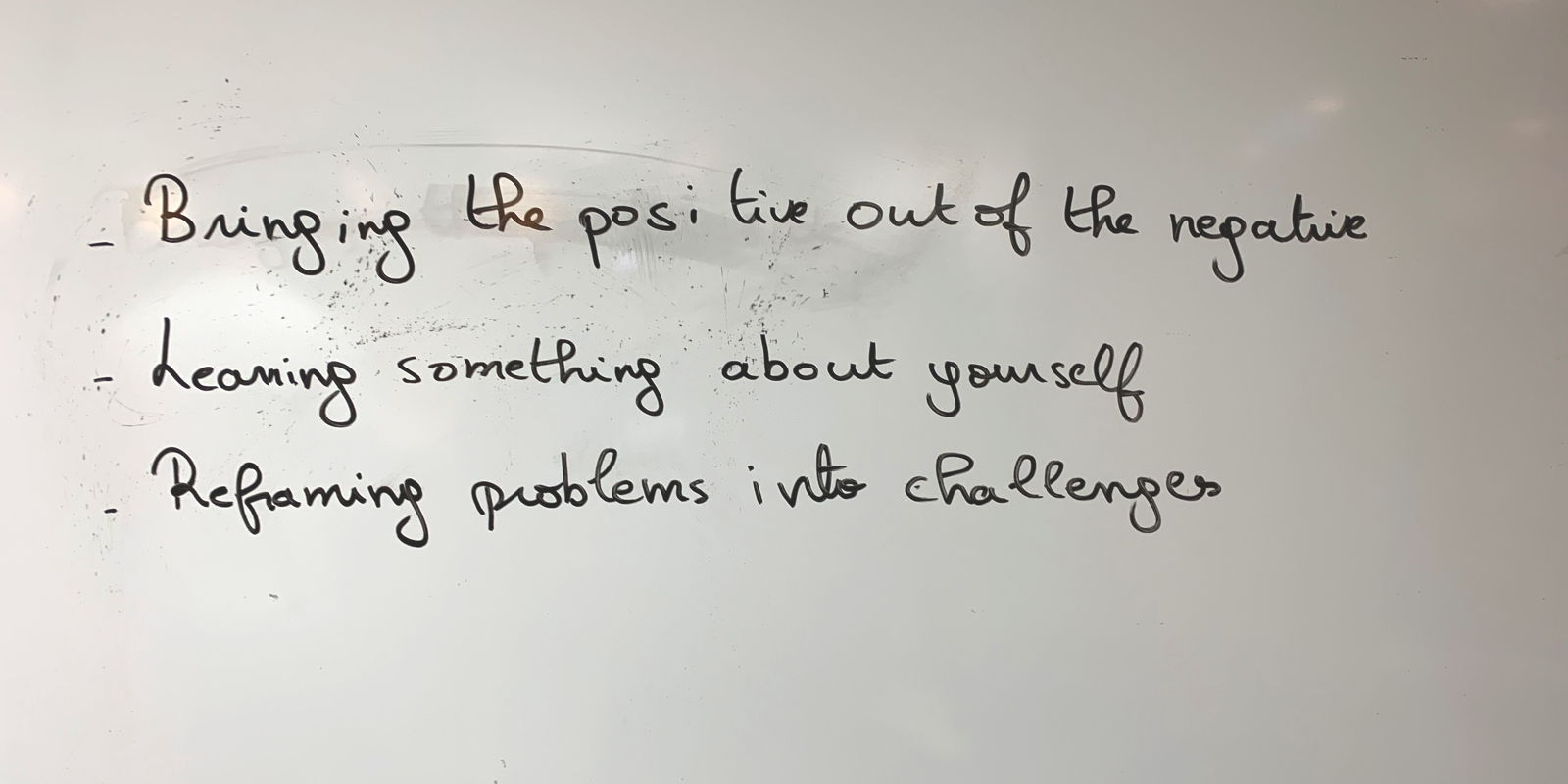TL; DR: The Successful Scrum Master Meetup
During the 19th Hands-on Agile meetup, 30-plus people addressed the path to becoming a successful Scrum Master or agile coach, following up on the “Scrum Master Career 2020 — Using Ecocycle Planning to Identify Opportunities” meetup we had in December 2019.
We used two Liberating Structures microstructures — Appreciative Interviews and Superpower Cakewalk — to delve into what lets us grow as professionals as well as individuals.

Do you want to get this article in your inbox? You can sign up here and join 25k other subscribers.
Liberating Structures for Scrum
Created by Keith McCandless and Henri Lipmanowicz, Liberating Structures cover a set of easy to learn, yet powerful ways to collaborate as a team—even as a (very) large team by Scrum standards— overcoming traditional communications approaches like presentations, managed discussions, or another disorganized brainstorming at which the loudest participants tend to prevail.
Generally, Liberating Structures are well suited to improve the level of engagement among participants of Scrum Events, thus stimulating the kind of outcomes that are necessary to create learning organizations. Liberating Structures also provide an excellent toolbox to handle Product Backlog refinements or improving the Definition of Done of an engineering organization.
Moreover, Liberating Structures are a great tool when peers come together to jointly figure out how to improve as an individual as well as a professional.

The Successful Scrum Master — Following up on the Scrum Master Career 2020 Meetup
On the 18th Hands-on Agile meetup back in December 2019, we focused on analyzing the Scrum Master/agile coach toolbox utilizing Liberating Structures’ Ecocylce Planning to identify opportunities and retire obsolete practices, processes, and tools.
While this approach to figuring out the foundation of a successful Scrum Master worked reasonably well, it was also a rather mechanistic, an analytics-driven form of learning, lacking epiphanies. The 19th Hands-on Agile meetup intended to address this perceived shortcoming by starting with good storytelling. We kicked off with Impromptu Networking, followed by Appreciative Interviews:
Liberating Structures — Appreciative Interviews
We used the following steps for Appreciative Interviews:
- Step 1: Form pairs and interview each other about a success story: “Tell me a story about a time when…”
- Pay close attention to what made the success possible and take notes.
- Give your interview partner’s success story a title.
- ⏰ 5 minutes per interview.
- Step 2: Now form groups of four.
- Everyone summarizes the success story of his or her interview partner. Those listening take notes on the success-contributing patterns, practices, or assets. ⏰ 2 minutes per summary.
- For five minutes, aggregate your findings as a group.
- ⏰ 15 minutes.
- Step 3: Debrief by asking:
- “How are we investing in the assets and conditions that foster success?” and…
- “What opportunities do you see to do more?”
- Use 1-2-4-All in the process.
- ⏰ 10 minutes.

The great advantage of Appreciative Interviews is a thoroughly positive spin instead of becoming entangled in a web of negativity and failure when pursuing the path of a successful Scrum Master:
“In less than one hour, a group of any size can generate the list of conditions that are essential for its success. You can liberate spontaneous momentum and insights for positive change from within the organization as “hidden” success stories are revealed. Positive movement is sparked by the search for what works now and by uncovering the root causes that make success possible. Groups are energized while sharing their success stories instead of the usual depressing talk about problems. Stories from the field offer social proof of local solutions, promising prototypes, and spread innovations while providing data for recognizing success patterns. You can overcome the tendency of organizations to underinvest in social supports that generate success while overemphasizing financial support, time, and technical assistance.”
Source: Appreciative Interviews (AI).
Liberating Structures — Superpower Cakewalk
Once we strengthened ourselves by remembering those moments when everything was right, we moved on to identifying our superpowers that support the path of becoming a successful Scrum Master. We used an experimental microstructure for that purpose called “Superpower Cakewalk,” that comprises of five steps:
- Step 1: As a group, compile a list of superpowers of other people. ⏰ 5 minutes.
- Step 2: As an individual, use the compiled list to identify your superpower:
- Don’t be shy or modest but bold.
- Describe your superpower in 1-2 words and put it in large letters on an index card.
- ⏰ 5 minutes.
- Now identify the superpower of your nemesis, the one individual who effectively blocks your superpower. Put your nemesis’ superpower — phrased in a positive way — on the back of your index card. ⏰ 5 minutes.
- Step 3: As the whole group:
- Pair up and introduce your superpower and that of your nemesis to your partner.
- After 2 minutes, switch roles.
- Repeat this for three rounds. (If this looks familiar to you, you are right; it is the Impromptu Networking structure.)
- ⏰ 15 minutes.
- Step 4: As individuals, grab a pen and a piece of paper and complete the following five sentences:
- “My superpower is to …”
- “What makes this power ‘super’ is…”
- “Something I noticed about my superpower is …”
- “What is so good about my nemesis is that …”
- “My nemesis can help me to …”
- ⏰ One minute per question, five minutes in total.
- Step 5: Collect your superpowers on a wall or whiteboard.
- Debrief by asking: “What did you notice about this structure? What came out of it?”
- Every participant shall identify one thing he or she can apply tomorrow to make better use of their superpower.
- ⏰ 5 minutes.
Source: Superpower Cakewalk.

It turned out that dabbling with your nemesis proved to be both challenging and revealing. It was challenging in the sense that we usually tend to identify “the nemesis” as a negative force; now, we had to sell our nemesis’ superpower positively. This TRIZ-like turn also triggered revealing moments, for example, how can I use my nemesis’ superpower to my advantage?

The Successful Scrum Master — Conclusion
Liberating Structures proved again to be an exceptional learning tool for uncovering the path to the successful Scrum Master, covering all steps from working in silence as an individual to debriefing in a large group of participants. Moreover, delving into an experimental microstructure has proven not just to be fun, but also very rewarding.
Have you used Liberating Structures to identify ways to improve an individual as well as a professional? If so, please share your findings with us in the comments.
The Slide Deck We Use at the Hands-on Agile Meetup
We used the following slide deck to guide the effort to identify what contributes to the successful Scrum Master. You can download the deck for your purposes:
If the embedded deck is not working, read the slides directly on Slideshare.
Attribution
Liberating Structures are developed by Henri Lipmanowicz and Keith McCandless and are licensed under a Creative Commons Attribution-NonCommercial 4.0 International License.
✋ Do Not Miss Out: Join the 6,800-plus Strong ‘Hands-on Agile’ Slack Team
I invite you to join the “Hands-on Agile” Slack team and enjoy the benefits of a fast-growing, vibrant community of agile practitioners from around the world.
If you like to join now all you have to do now is provide your credentials via this Google form, and I will sign you up. By the way, it’s free.
Related Posts
I recommend the following additional articles to master becoming a successful Scrum Master:
Scrum Master Career 2020 — Using Ecocycle Planning to Identify Opportunities.
Liberating Structures for Scrum — the Series.
Scrum Master Anti-Patterns — 20 Signs Your Scrum Master Needs Help.

